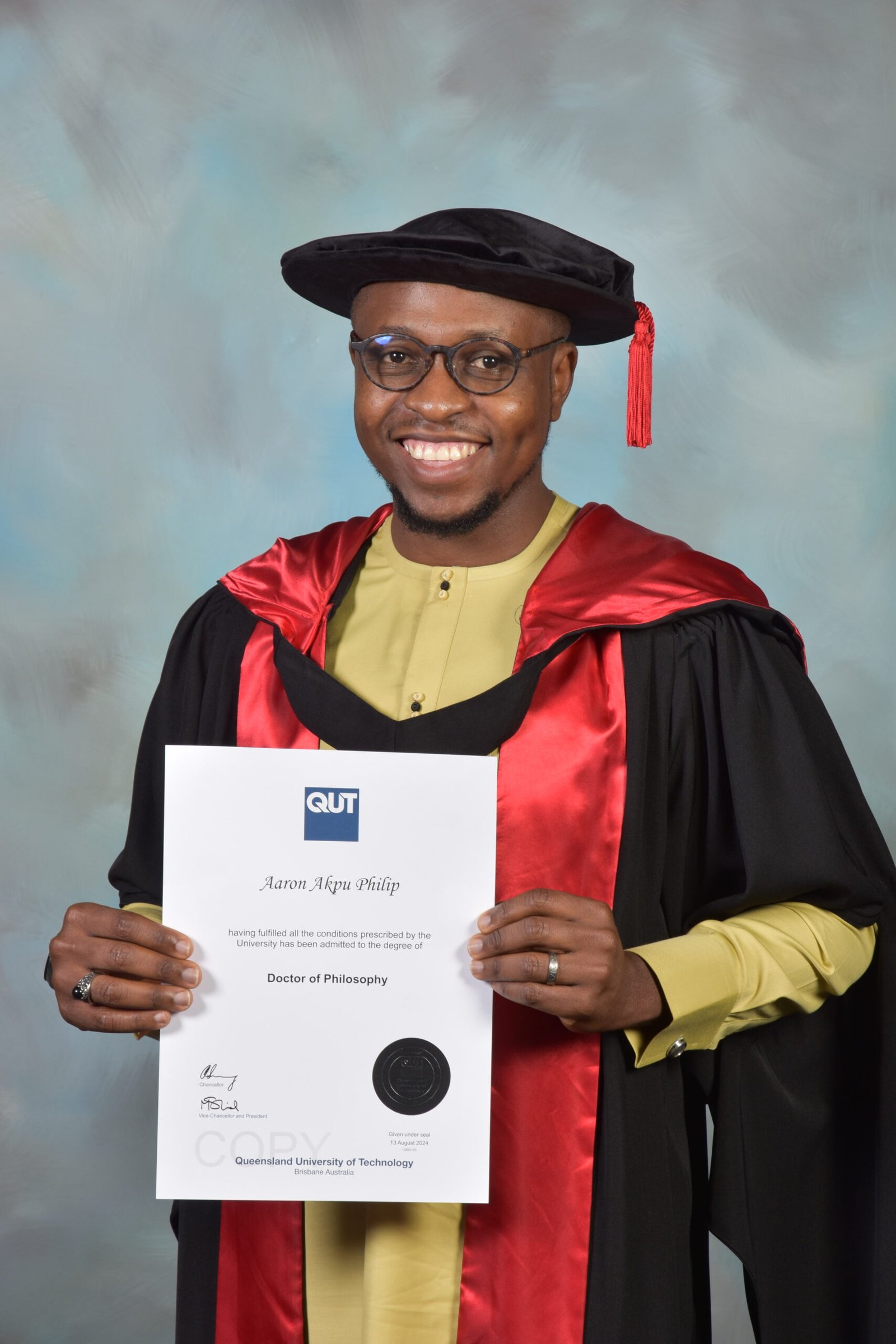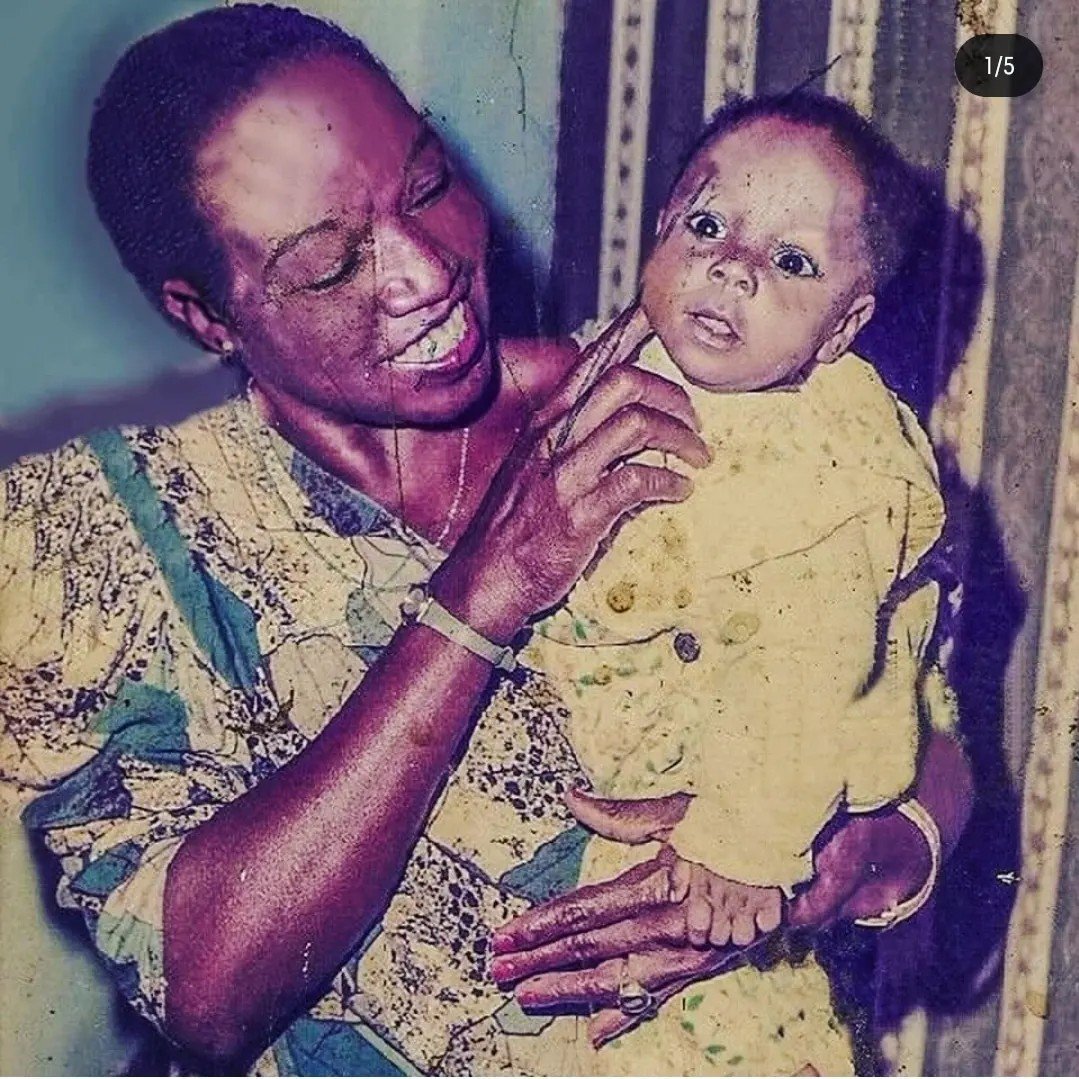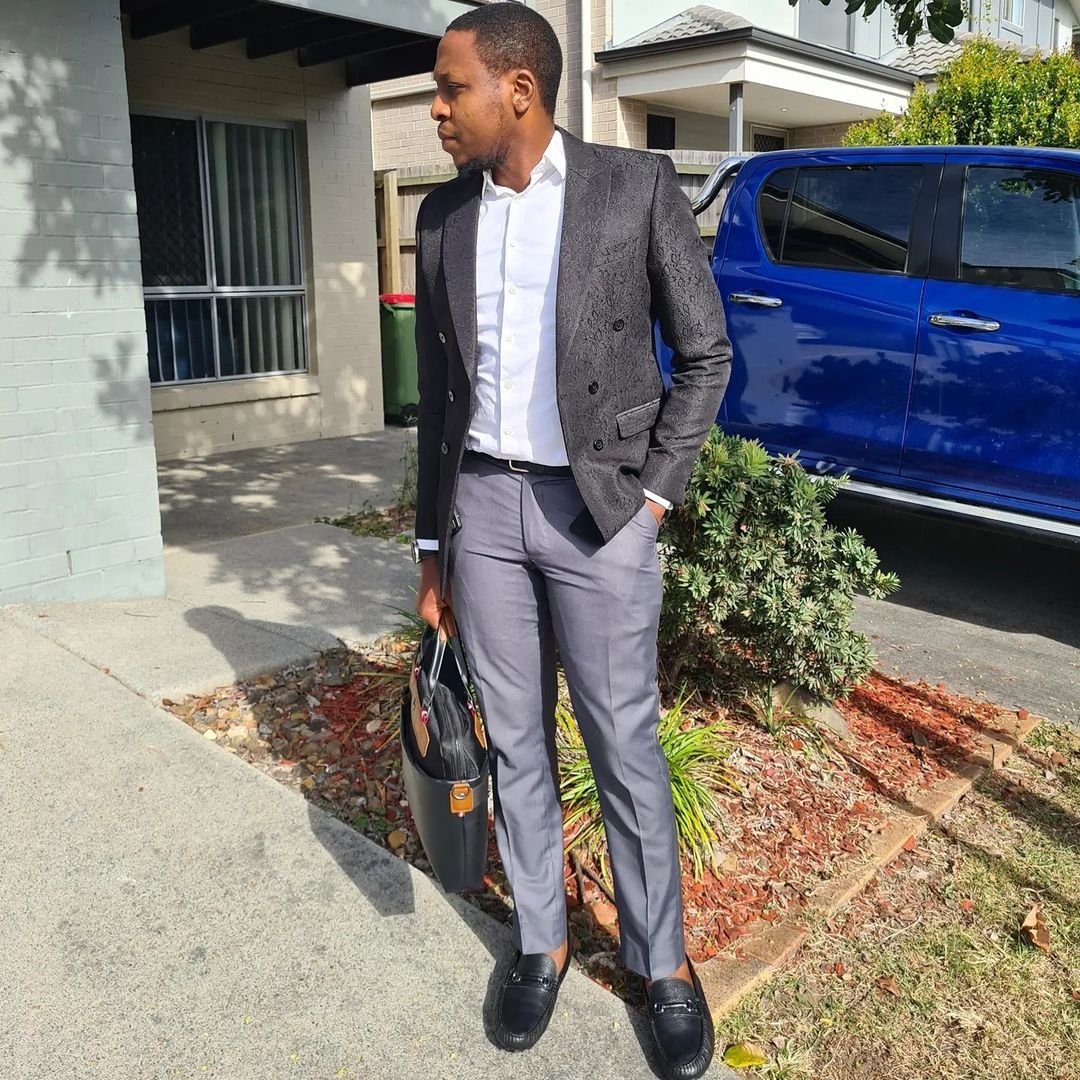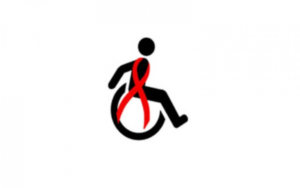
WORLD AIDS DAY 2021 (WAD2021) / INTERNATIONAL DAY OF PEOPLE WITH DISABILITY 2021 (IDPWD2021)
The theme for WAD2021 celebrated on December 1st is “End inequalities. End AIDS”. The theme focuses on reaching people who have been left behind in the fight against HIV/AIDS. This is because of the many inequalities that still exist in HIV programming and interventions globally. At the heart of these inequalities are Persons with Disabilities, whose International Day is celebrated on December 3rd. This year’s theme is Leadership and participation of persons with disabilities toward an inclusive, accessible and sustainable post-COVID-19 world’.
With over 37 million people living with HIV (PLHIV) and 1 billion people living with disabilities globally, the challenge of ending AIDS as a public health threat was exacerbated by the COVID-19 global pandemic. However, while we quickly note how COVID has made the fight to end AIDS challenging, we must also be sincere in acknowledging that the existing inequalities were only made obvious with the COVID-19 pandemic.
These inequalities plague all stages of the HIV continuum of care. Huge disparities still exist in HIV testing, linkage to care and uptake of Antiretroviral Therapy (ART). While we claim that progress has been made, we must admit that the progress remains a drop in the ocean when Persons with disabilities remain invisible across all stages of HIV programming. This is even worrying for persons with disabilities living with HIV. We must not just reflect on these days of how we have failed persons with disabilities, but we must rise to the occasion and take real action. The inequalities are seen widely in both practice and policies where international and national documents that provide direction on HIV programming is completely silent about PWDs.
The theme for WAD2021 is strategic and calls us to realise that inequalities still exist. A major route to take is the deliberate inclusion of PWDs across all stages of the HIV continuum of care. In a post-COVID world that seems quite distant, Persons with disabilities must be on the top chart of planning and implementing all HIV programmes.
Is it not interesting that we know how many people live with HIV and how many live with disabilities? Still, we struggle in knowing how many people with disabilities are also living with HIV? Think about this.
I will not attempt to use the cliché sentence of “A lot has been done to combat AIDS” because, indeed, very little has been achieved concerning PWDs. Until this is done, we will only keep producing catchy reports and themes annually with limited footprints on the ground.
It is time we all begin to ask the vital question: “WHAT ABOUT PERSONS WITH DISABILITIES”?
As a researcher and development worker, I have learned and still learning to ask this question. No matter your profession, keep this question in mind when you hear about HIV programmes.
What about Persons with Disabilities?
#AAPTalks #CommunityDevelopmentWorker #Aa2Zi

THE MAKING OF DR. AARON AKPU PHILIP (DR AAP)

LIFE CAN COME FROM DEATH: MY PERSONAL FIGHT WITH HIV/AIDS

THE PHD JOURNEY IS OVER

AN IMAGINED CONVERSATION

TAKE ADVANTAGE OF THE FAILURE



